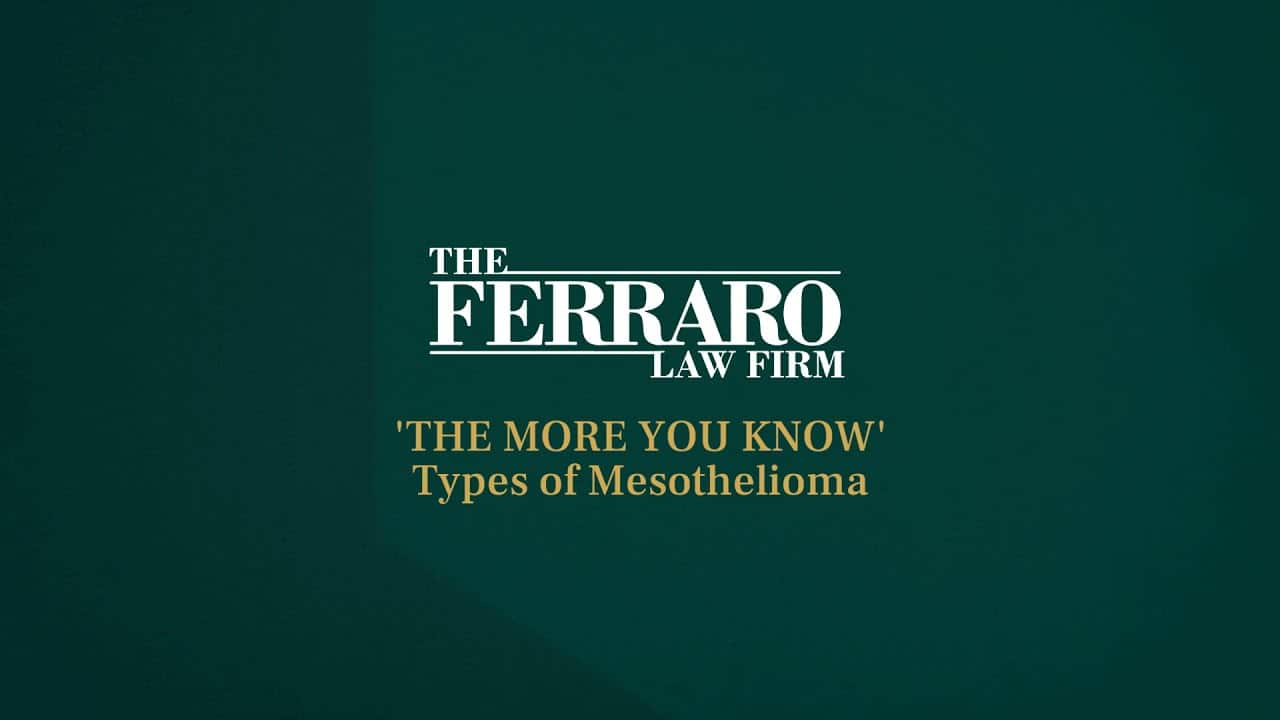If you were seriously injured, remember that it is crucial to choose the right law firm to represent your interests. We have been doing this for more than three decades, and have the resources you need to challenge any opponent.
DIY and Your Risk for Asbestos Exposure in the Home
Our mesothelioma attorneys note that a recent article in England’s Daily Mail tackles an issue too seldom discussed: Your increased risk for asbestos exposure when undertaking do-it-yourself (‘DIY’) projects.
Asbestos was used in a wide variety of home construction materials for most of the 20th Century. Consequently, many DIY projects result in substantial risk of asbestos exposure. The United States Environmental Protection Agency reports building products containing asbestos were routinely used in home construction well into the 1970s. Common products containing asbestos include furnace ducts, boilers, floor tiles, cement sheeting, patching and joint compound, roofing cement and shingles and automotive car parts, including brake pads.
The Mail reports that a mesothelioma diagnosis for an 81-year-old orthopedic surgeon was recently traced to asbestos exposure that resulted from the doctor’s removal of a boiler from his home. Asbestos exposure can lead to a diagnosis of mesothelioma, a deadly form of cancer that attacks the membrane around internal organs. The latency period can be more than 30 years, however, even short-term exposure has been linked to the development of the cancer.
The number of people dying each year from mesothelioma has quadrupled in the last 30 years as those exposed in the 1960s and 1970s are diagnosed. Experts are concerns homeowners may unwittingly disturb asbestos while tackling home renovation projects. The Brits have even launched a program “Take 5 to Stay Alive,” which encourages property owners to consider the risk for asbestos exposure before tackling a DIY project.
“I am amazed at how many people have absolutely no knowledge of the danger they place themselves in when they start renovations,” said Christine Winters of the Independent Asbestos Training Program.
Homeowners should not rely on carpenters or trade workers to assess the risk of exposure. In fact, companies are routinely found to have improperly exposed employees to asbestos during commercial or residential renovation projects. The responsibility ultimately lies with the homeowner.
EPA Do’s and Don’ts for Homeowners:
-Keep activities to a minimum in areas containing exposed or damaged asbestos.
-Have trained professionals tackle removal or repair.
-Don’t saw or drill asbestos-containing materials.
-Don’t use abrasive brushes or strippers on asbestos flooring.
-Don’t track construction debris through the house.
-Take every precaution not to damage asbestos material — airborne asbestos has the highest risks.
-Do not dust, sweep or vacuum debris containing asbestos. Dust should be removed with wet mop or special HEPA vacuums used by trained contractors.
-Upon completion, the construction area should be free of dust and debris. Air monitoring may be necessary to assure any exposure risk has abated.
It’s critical that residential or commercial asbestos removal be done by trained professionals. A removal professional may also assess the site and determine whether construction materials contain asbestos. A property owner should require a contractor to document completion of federal or state-approved asbestos-removal training. Your state or local health department may also have a list of licensed professionals in your area.
Table of Contents
Frequently Asked Questions: Mesothelioma & Asbestos
What is asbestos?
Why is asbestos dangerous?
What are asbestos-related diseases?
What causes mesothelioma?
What are the different types of mesothelioma?
What are common mesothelioma symptoms?
Do I qualify for compensation if I have mesothelioma?
What is the life expectancy for someone with mesothelioma?
Do I qualify for compensation if I have mesothelioma?
Help for mesothelioma victims can be found at The Ferraro Law Firm by calling (888) 554-2030. Offices in Miami, Washington, D.C., and New York City.
Additional Resources:
How a few minutes of DIY can end up costing you your life: Hidden asbestos in homes putting millions at risk from deadly lung disease, By Anna Hodgekiss, Daily Mail, Aug. 27, 2012.






